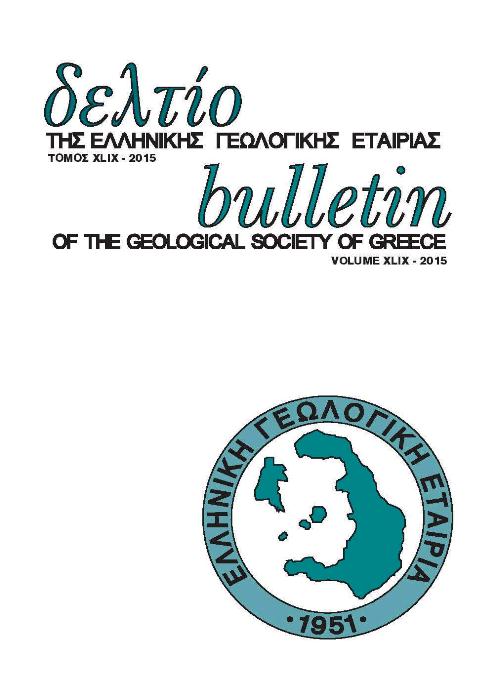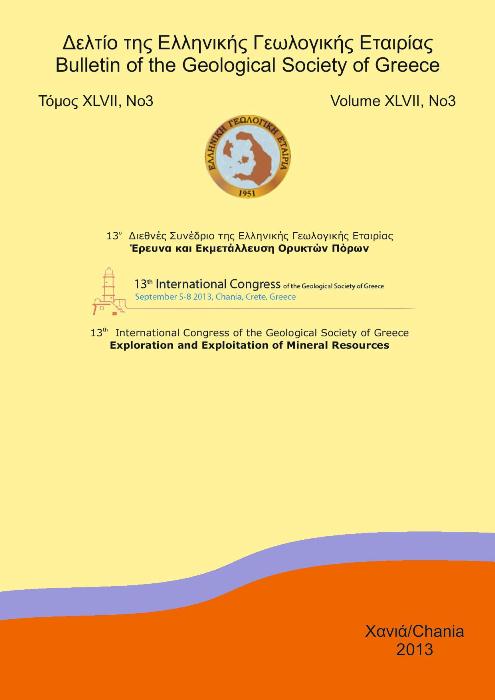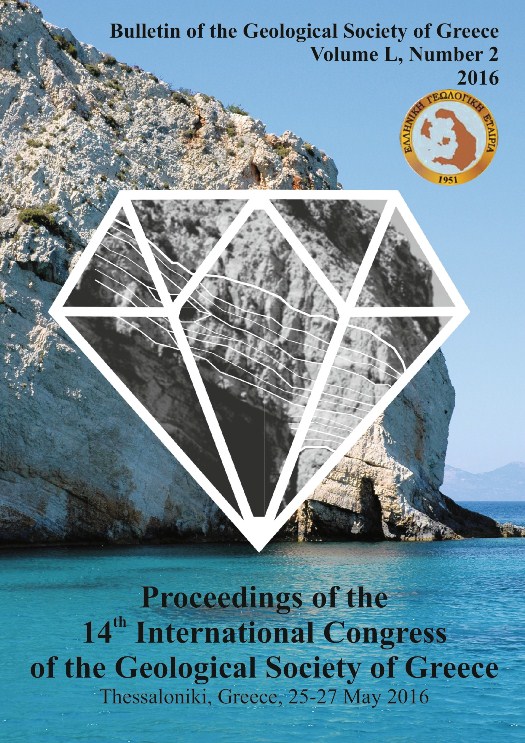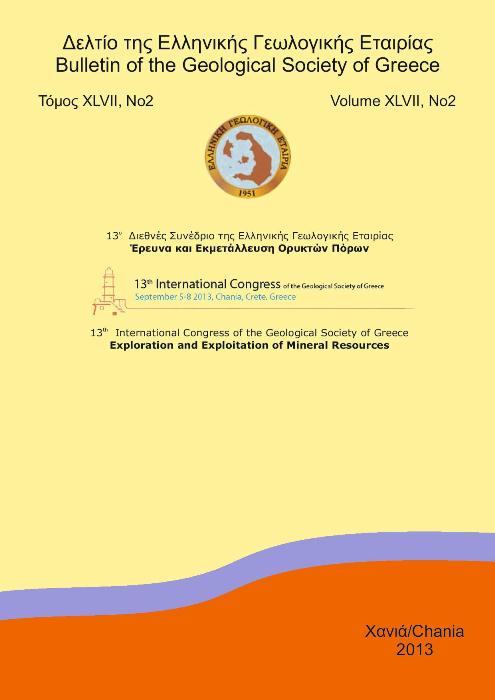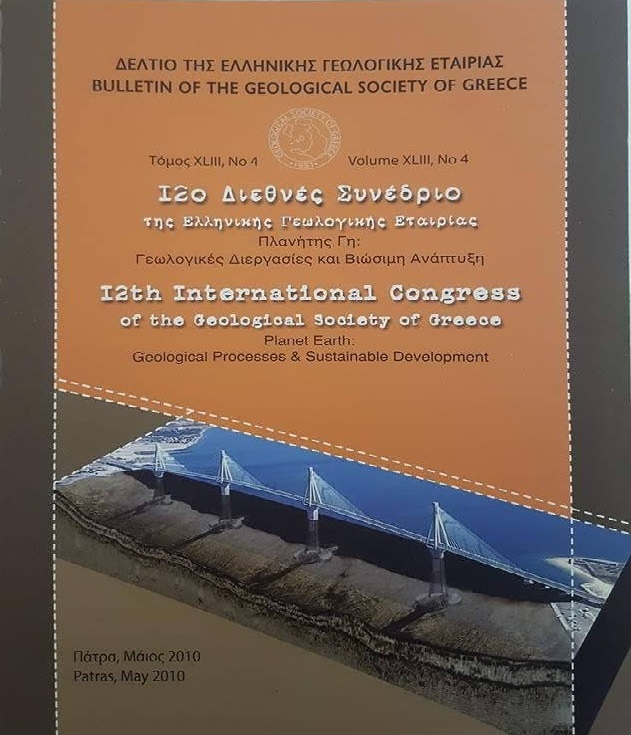Application of geostatistical simulation models in the charac- terization of complex geological structures

Abstract
Geostatistical simulation methods are able to generate numerical models or relations of the spatial distribution of a continuous geologic variable (grade, thickness, density, etc.) or a categorical variable (geological units and lithofacies or rock types). In this work, a review of traditional simulation techniques, as the Sequential Indicator Simulation (SIS), reveals a major pitfall that comes from theoretical difficulties in the development of a valid cross covariance model. On the contrary, a valid indicator cross covariance model is automatically defined in the framework of the Truncated Gaussian Simulation Method (TGS). This method is based on the concept that the categorical variables are obtained by truncating one standard multigaussian random variable at different thresholds. Plurigaussian Simulation Method (PGS) is an extension of the TGS Method but based on the simultaneous truncation of several multigaussian variables. An application of Plurigaussian method to simulate the lithofacies in the alluvial formations of the West Thessaly Basin is finally presented. This method was shown to be effective in reproducing the spatial characteristics of the different lithofacies and their distribution across the studied area.
Article Details
- How to Cite
-
Sideri, D., Modis, K., & Rozos, D. (2013). Application of geostatistical simulation models in the charac- terization of complex geological structures. Bulletin of the Geological Society of Greece, 47(4), 1882–1891. https://doi.org/10.12681/bgsg.11068
- Section
- Engineering Geology and Geotechnical Engineering

This work is licensed under a Creative Commons Attribution-NonCommercial 4.0 International License.
Authors who publish with this journal agree to the following terms:
Authors retain copyright and grant the journal right of first publication with the work simultaneously licensed under a Creative Commons Attribution Non-Commercial License that allows others to share the work with an acknowledgement of the work's authorship and initial publication in this journal.
Authors are able to enter into separate, additional contractual arrangements for the non-exclusive distribution of the journal's published version of the work (e.g. post it to an institutional repository or publish it in a book), with an acknowledgement of its initial publication in this journal. Authors are permitted and encouraged to post their work online (preferably in institutional repositories or on their website) prior to and during the submission process, as it can lead to productive exchanges, as well as earlier and greater citation of published work.



